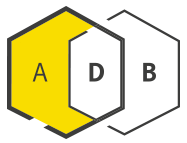Compound ID | 2024
Ciprofloxacin
Synonym(s): Bay 09867
Class: Fluoroquinolone
| Spectrum of activity: | Gram-positive & Gram-negative |
| Details of activity: | Binds to type II topoisomerases, gyrase and topoisomerase IV and thus, inhibits DNA cleavage and ligation reactions. It kills bacterial cells by increasing the concentration of enzyme–DNA cleavage complexes, thereby inhibiting cell replication. |
| Description: | Synthetic quinoline derivative. Oral, intravenous and topical application. |
| Year first mentioned: | 1980 |
| Development status: | Approved, off-patent |
| Chemical structure(s): | |||||||||||
|
|


